The historic Tune ship was a fast, sea-going vessel that could move people around quickly in the Viking Age.
Even though it was discovered more than 150 years ago, modern digital archaeology techniques have revealed many of the mysteries surrounding the Tune Viking ship.
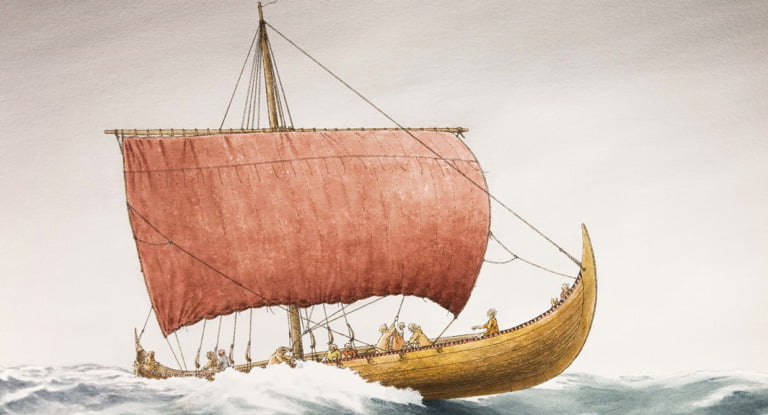
It now seems likely the Tune ship could cross the North Sea powered by a sail large enough to make it the fastest Viking ship ever discovered.
Modern techniques help shine a light on historic finds
Recent developments in digital archaeology, notably the use of georadar as a non-intrusive method of mapping sites of interest, have revealed several exciting Viking ship burial sites in Norway.
Yet some of the digital tools and techniques can also prove useful in expanding our knowledge and understanding of existing finds.
There are only three Viking ships from burial sites in Norway that are well-preserved. All three—Gokstad, Oseberg and Tune—were on display at Oslo’s Viking Ship Museum.
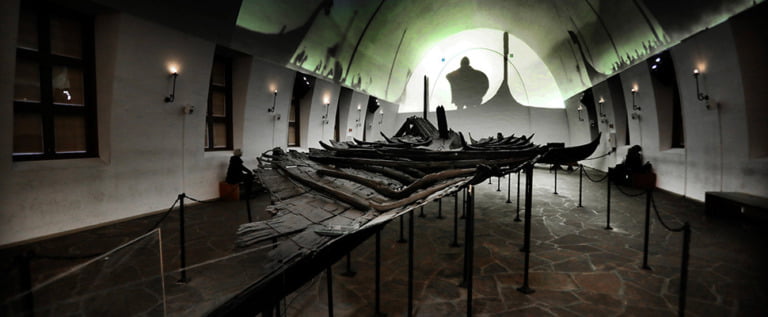
Unfortunately for visitors, the museum is closing at the end of September 2021 for a major renovation. The all-new Museum of the Viking Age is set to reopen in 2025.
Tune Viking ship discovery
The Tune ship was discovered in 1867 on an island farm near Fredrikstad in south-east Norway. It was the first Viking ship to be discovered by archaeologists in Norway.
At 80 metres in diameter and four metres high, the burial mound was unusually large, one of the biggest ever seen in Norway. Part of the mound had been removed so the earth could be used elsewhere, letting oxygen into the ship that damaged it.
The 1867 dig was also done in the days before modern archaeology. Heavy-handed excavators caused the remains of the person interred in the ship and items buried with them to be damaged or lost completely.
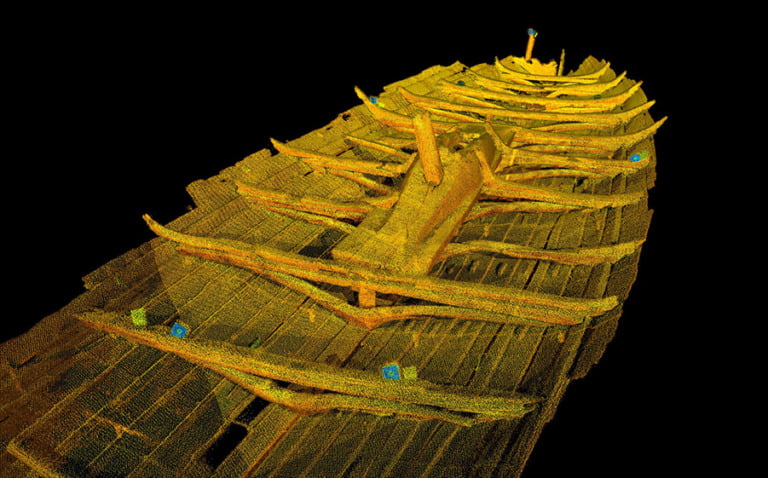
Despite this, what's left of the vessel is well preserved. However, the Tune Viking ship has long been the least understood of the three ships—until now.
“Of the three ships, the Tune has the least wooden remains. Nevertheless, this ship is a unique source for understanding Norse society,” said archaeologist and researcher Knut Paasche from The Norwegian Institute for Cultural Heritage Research (NIKU).
Digital reconstruction reveals Tune’s secrets
Paasche’s team at NIKU created a digital reconstruction of the ship using laser scanning techniques. Following the work, they concluded that the ship differs from the Gokstad ship and Oseberg ship in several ways.
All three are clinker built—a method of boat building where the edges of hull planks overlap each other—but the Tune has a significantly different length-to-width ratio and has a flatter underside.
The digital model confirms some of what was assumed about the ship along with some additional insights.
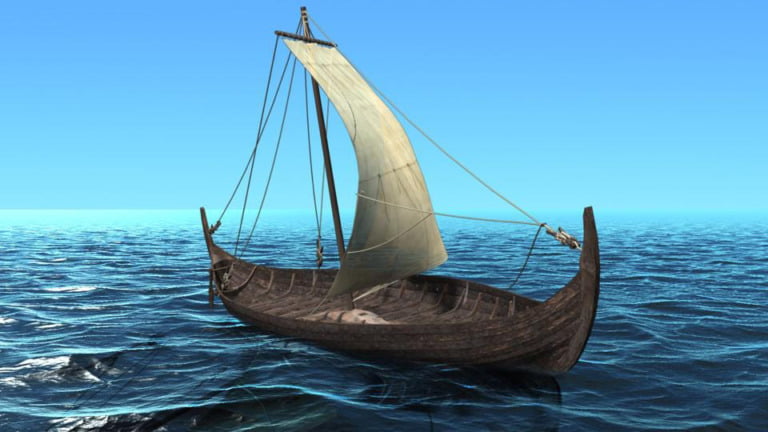
For instance, it had previously been assumed that the ship’s freeboard was too low for it to have crossed the North Sea. But the model reveals that the Tune must have been a fast sailboat that also worked well as an oared vessel.
“Perhaps we can call it a quick-paced courier ship, built mainly not to last, but to move many men quickly over short or longer distances. The ship has a very solid and heavy mast attachment that lies midship and holds the mast in place, said Paasche.
Read more: The History of the Vikings
“Its weight indicates a heavy-duty high mast that carried a sail of perhaps 1,000 square feet. This is a very large sail area in relation to a ship of its size,” he added.
The method is used by NIKU on other cultural heritage documentation, but it’s the first time such a technique has been used on ship archaeology.
Such was the international interest in the technique, Paasche published an article on the reconstruction methods in the International Journal of Nautical Archaeology.

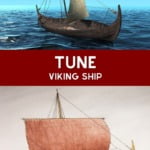

Had a frat brother years ago named Einar Anderson. I suspect his last name was Anglicized. Good guy. Never asked him about specifics of his heritage. Wish I had now.
Einar may not have an Anglicized last name. There are hundreds, if not thousands of Anderson/Andersen’s in Scandinavia. When my great grandfather came to America from Trondheim, Norway, he Anglicized his name from Sievert Melhus to Ole Oleson/Olson, as did many who ended up in the Dakotas. Have you tried searching for Einar? There are many fewer Einar’s than there are Ole’s and Norski’s live a long time! lol